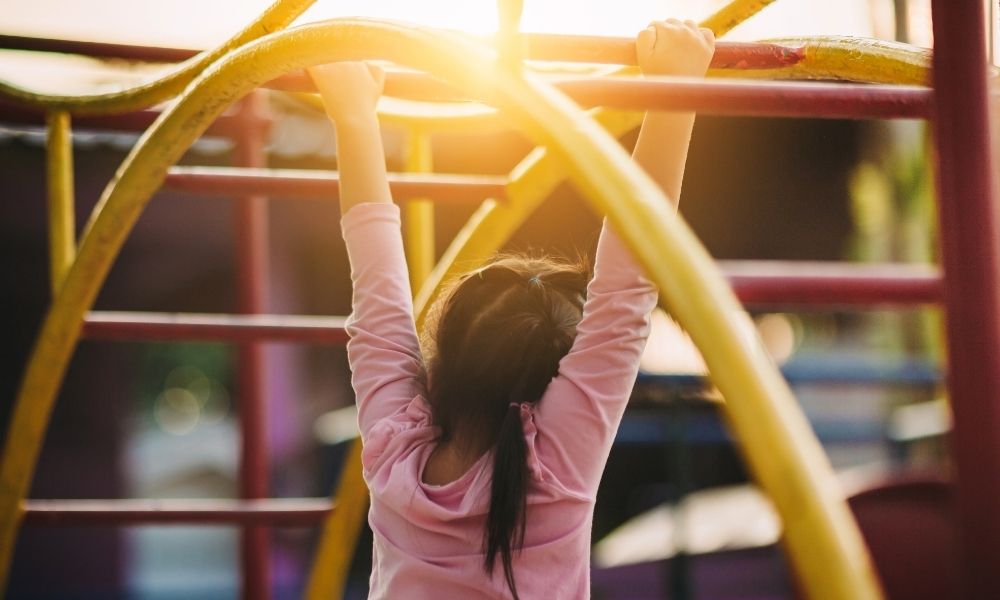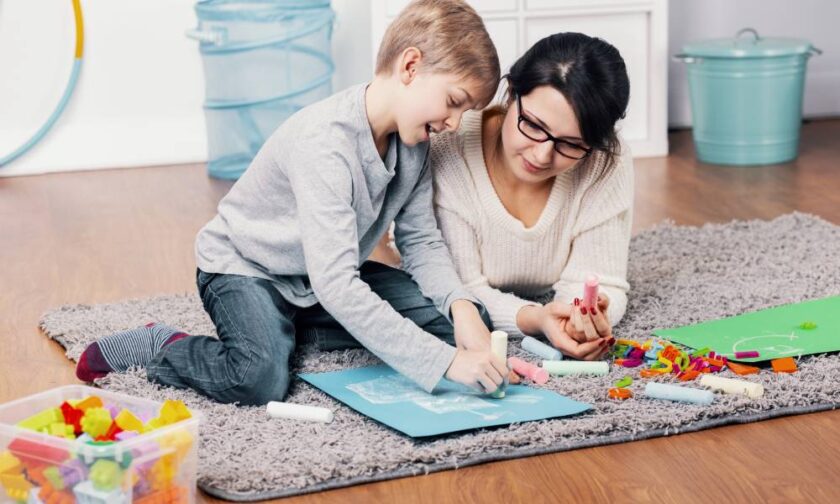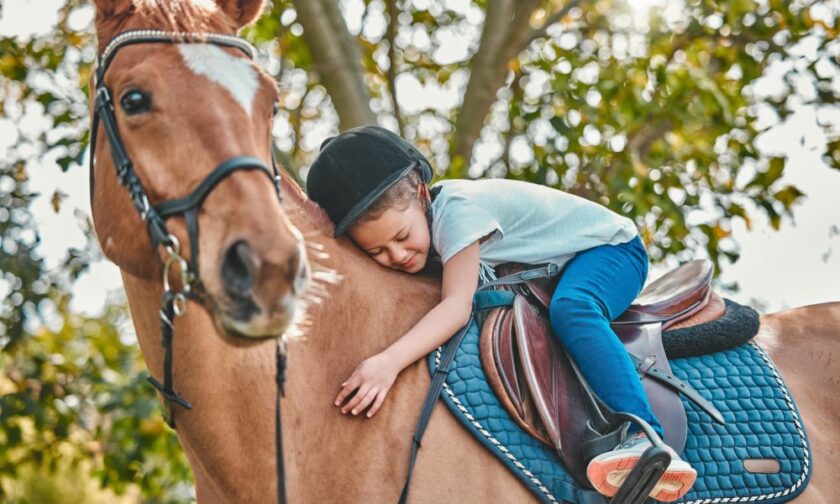Autism Spectrum Disorder (ASD) can affect your child in a range of cognitive and physical ways. Suddenly, you find yourself sifting through hours and hours of publications and forums seeking answers and advice on the best ways to help your child. Take comfort in the fact that you are not alone. Today, we have more information than ever about ASD and the best ways to support a child with autism.
Depending on the severity of this spectrum disorder, you may already be working with a professional to help your child develop speech, language, critical thinking, and social skills. For all children, muscle control, balance, and coordination are areas that need development, sometimes more so in individuals with ASD. Luckily, there are many ways to improve core strength in children with autism while having fun.
Medicine Balls
Weighted balls have many purposes. You can use them in several ways to help improve core strength. Depending on your child’s physical capabilities, you may want to begin with them in the sitting position. Firmly planted on the floor, have them raise the medicine ball over their head and then bring it back down. This movement will activate many of the core muscles.
Once you are both comfortable, move your child to a standing position. Then, have them raise the ball overhead and throw it down the ground. Just as with any exercise, you can use repetition and increasing intensity to help build and maintain muscle. Suppose your child is comfortable upping the difficulty level after some time; consider adding more arm and leg movements. You may even have your child sit with bent legs, feet on the ground, and try some Russian twists.
Upper Body Movements
Just as they did in medicine ball training, encouraging your child to move their upper body with a firm stance is a great way to strengthen the core. If a medicine ball is too strenuous for them, that’s not a problem. Simple arm circles can be incredibly beneficial in beginning core strength training. You may help your child to move their arms in gentle circles, verbally instruct them, or even ask your child to mimic your movements. Anything that gets blood pumping and muscles moving is progress.
Equine Therapy
Staying current with available treatments will allow you to find new and fun ways to help your child gain strength. Equine (horse) therapy is one common way to help children with autism strengthen muscles and connect with another living being. When live horseback riding is out of the realm of possibility for your kiddo, consider using equipment that mimics a horse’s walking gait. Look into equine or hippotherapy and their benefits—including triggering dozens of muscles within the body.
There are many ways to improve core strength in children with autism and lend support wherever possible. Progress takes time and may not be evident overnight. Incorporating exercise into your therapy routines helps stimulate the brain and can bring more than just physical benefits to your child’s progression and life.






